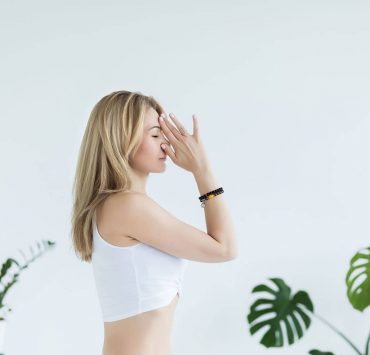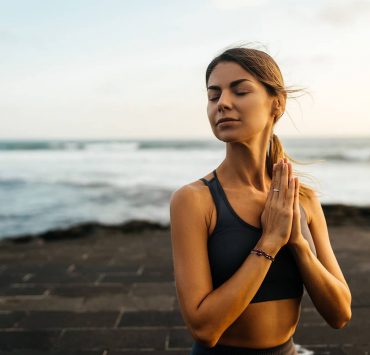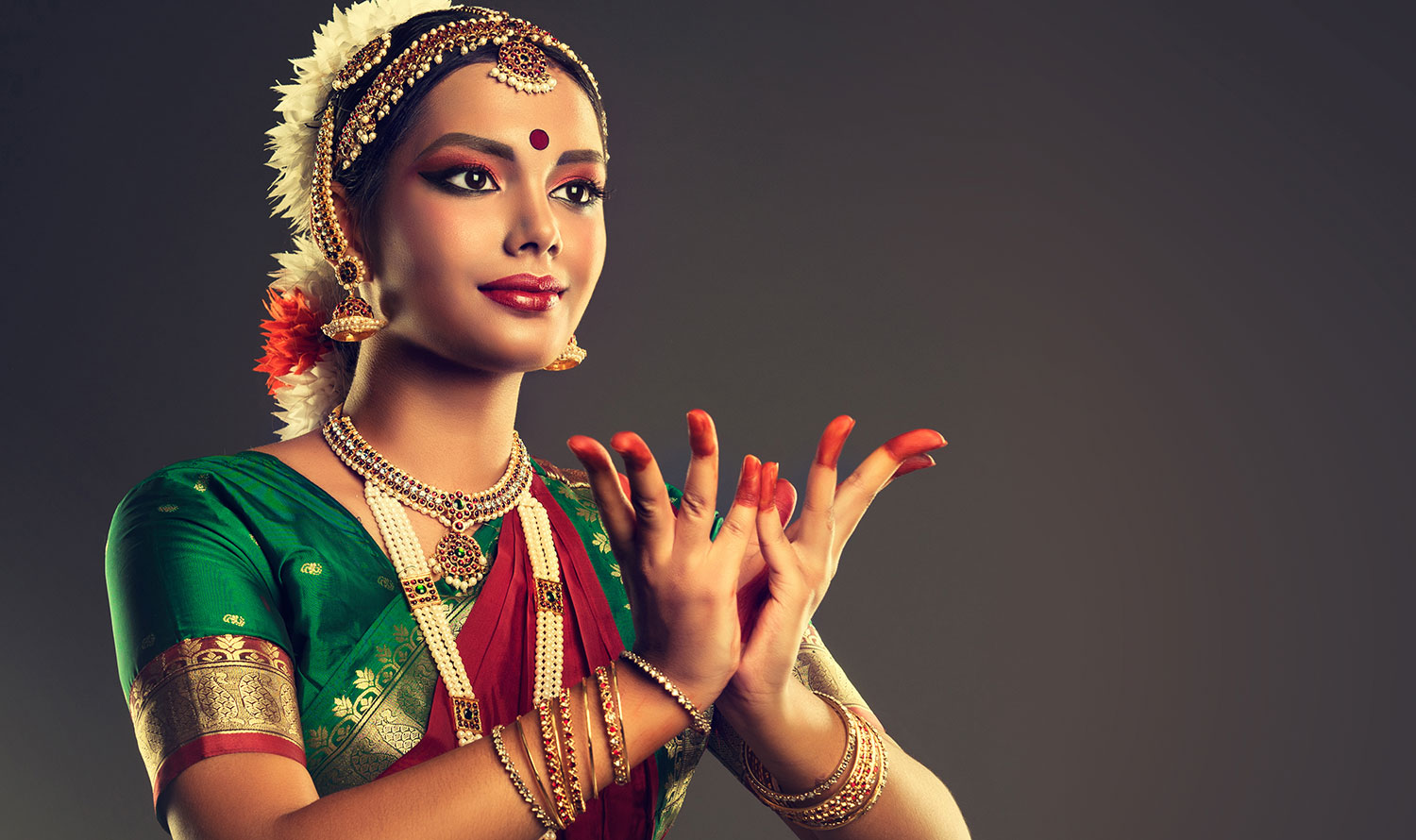
Lauren Howard holds a master certification in reiki, or energy…
A mudra is within every yoga class, sometimes many within one class, but could you point them out if you saw them? Each mudra represents something different and meaningful. So, since there are so many how do we know what to use during our yoga and meditation practice and why?
Mudra means “seal” or “closure”. Usually, these sorts of hand gestures are within meditation or pranayama practice. The hands have a special significance to our bodies and circuit-specific energy. By doing a mudra hand movement we are capable of channeling different areas of our brain. So, we’re able to alter our frame of mind with a simple gesture.
But, as mentioned before, many gestures have roots in different meanings. Let us walk you through ten types of yoga mudras that can deepen your practice.
The Basics of Mudras
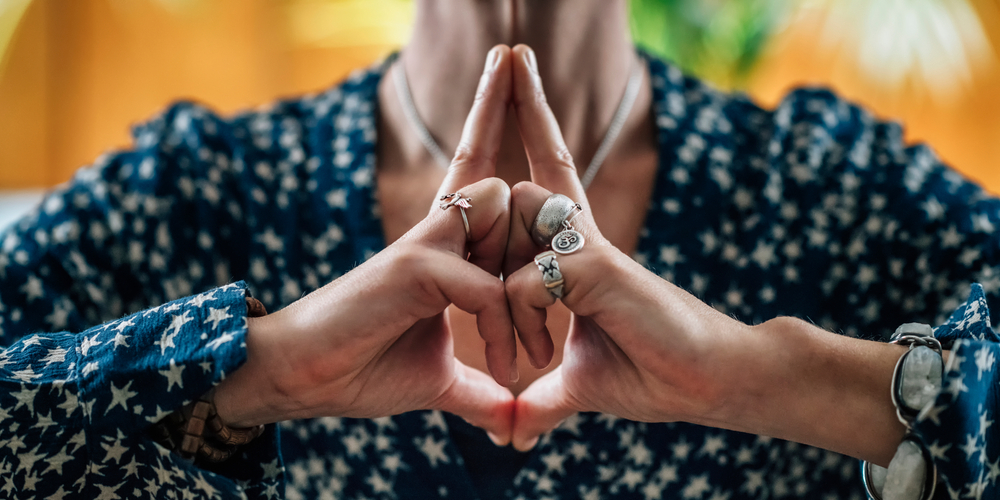
These hand gestures find their roots in the holistic healing system of Ayurveda. They explain that performing these mudras stimulates our life force through our bodies and intensifies our practice. Helping us gain more benefit from its practice. Each finger represents a specific element or role within our physical being. These consist of:
The Thumb = Fire
The Forefinger = Wind
The Middle Finger = Space
The Ring Finger = Earth
The Little Finger = Water
Mudras are often accompanied by pranayama or yogic breathing exercises. You will see them most often during poses such as Sukhasana (or the easy pose) or Padmasana or (the mountain pose). Though there are many poses they accompany these are generally the most common that you will see mudra incorporated in practice.
Our fingers help this electrical current course through our bodies as we’re sealing our hands together to form a mudra. Allow the flow of energy to course through your body. Find the benefits of each mudra as it aligns with your need.
What Is The Science Behind Mudras?
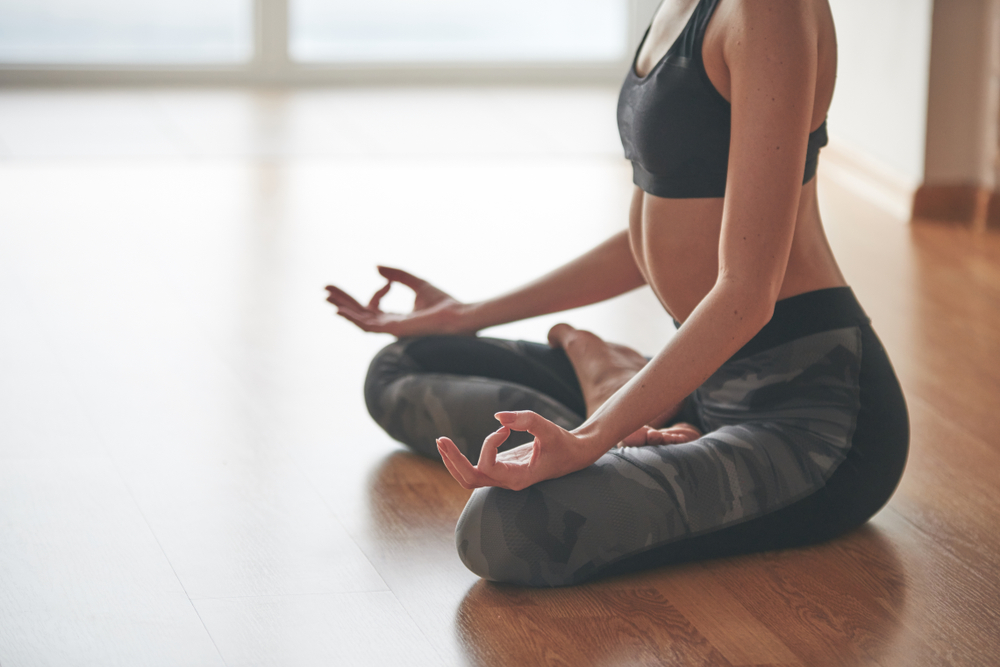
We don’t yet possess the exact technology that will help us understand the true power behind these gestures. Just as we don’t have the technology to understand how meditation affects our brain until recently because of the innovation of a CT scan. Easily stated, when using mudra’s we’re sealing that energy circuit within us during times of contemplation and meditation. While performing an asana, we fill our body with energy. When selecting an intent we focus on this energy and feel as it circulates through us. All this vibrant energy is then closed when we connect our hands in some gesture or mudra. This continues the pulse of this energy current.
On a physical level, we know that our fingers are one of the most sensitive to nerve response but they also have a connection to our endocrine glands. When we bring our fingers together, these glands receive an electromagnetic response.
As mentioned before, we don’t have the current technology to showcase the results of this energy circuit. This is because we don’t yet have the technology to test an electromagnetic current on the body during these asanas. Yet, this is a subtle understanding of how mudra directs our energy.
The Origin of Mudras
The origin of mudras remains a mystery. Their existence has been for thousands of years and seen in many cultures. Mudras have appeared in religions such as Hinduism, Buddhism, Christianity, and Taoism. Mudras are also depicted in Roman art and Egyptian hieroglyphics.
As varying as these cultures are, these gestures or mudras can carry different significance depending on the culture. From channeling energy, focusing on intent, powerful healing properties, or psychic abilities. As of late, there are a total of 399 mudras found in rituals, meditations, and postures from all these varying beliefs. Essentially all these mudras, are an expression of love or conquering inner turmoil to better the self physically or mentally.
Ten Yoga Mudras To Get You Started
1. Gyan Mudra
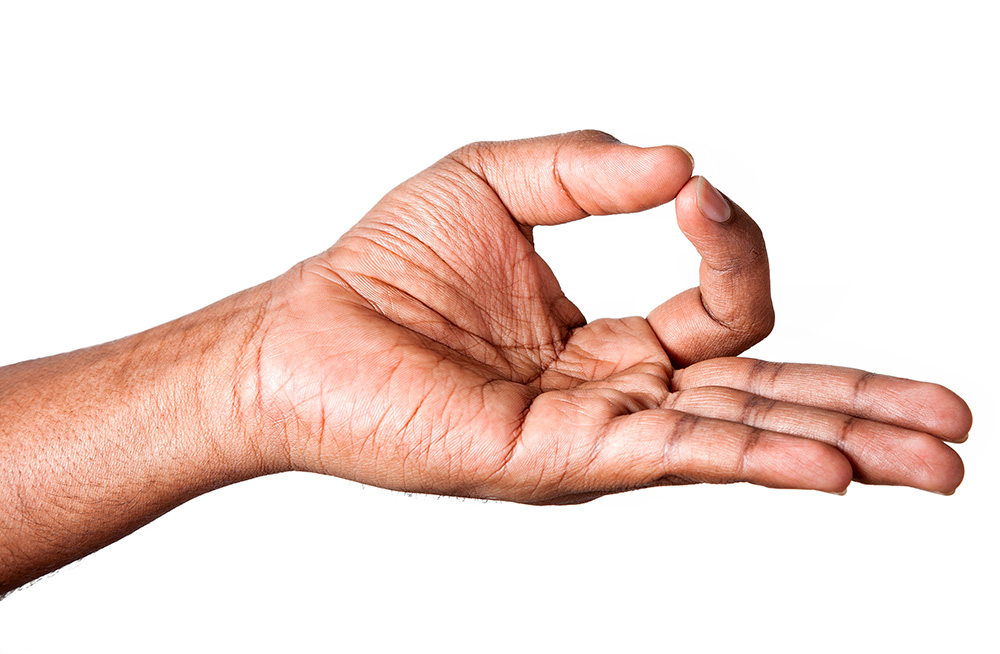
The intention of the Gyan mudra is to help better our focus and strengthen our memory. Because it is so brain-stimulating, this is also the mudra to help boost creativity. Gyan is Sanskrit for ‘knowledge’ or ‘wisdom’.
This gesture is usually dubbed the Mudra of knowledge. This mudra directs the energy and focus of individuals who perform it. Most practice this mudra during sitting postures, but some may practice during standing.
As the mudra’s intent is to encourage stability it’s most common to see during postures like padmasana, or the lotus pose. This mudra’s combination with thoughtful breathing techniques helps us to experience its full benefits.
To enter this mudra:
- Keep the palms facing the sky.
- Breathe, feeling the energy course through you.
- When ready to feel more grounded and balanced, return your palms to your legs.
2. Buddhi Mudra
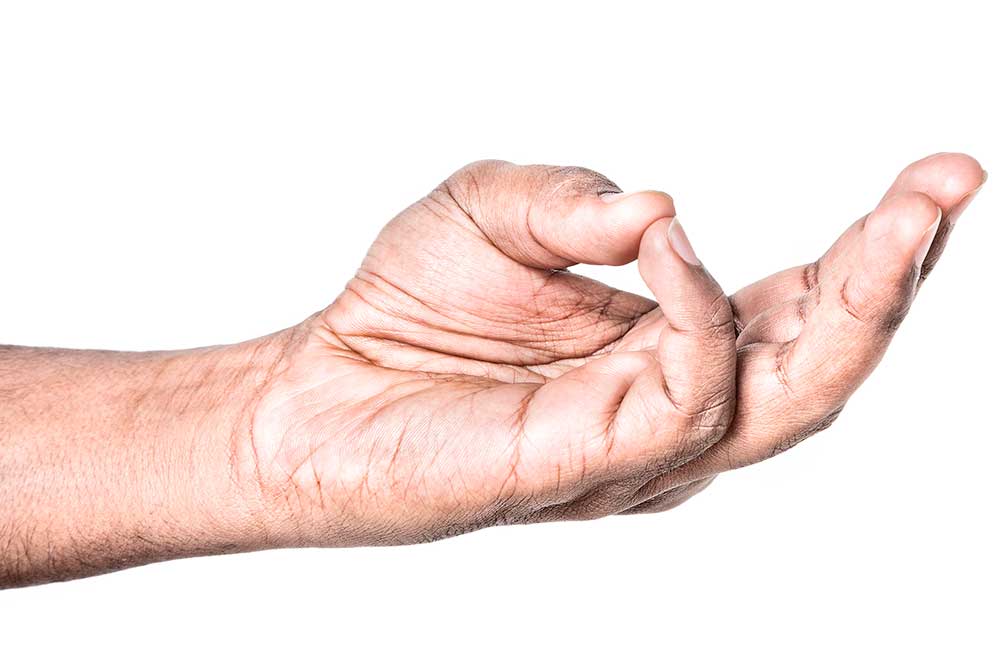
The design of this mudra is to improve our mental ability and bring clarity to our thoughts and decisions. This mudra is capable of healing our minds and thoughts. To practice Buddhi mudra, we are developing a closer connection to ourselves intuitively. To become aware of what is happening from within we can be more aware and clear-headed of our decisions in the external world.
To enter this mudra:
- By touching the tips of the little finger and thumb together.
3. Ganesha Mudra
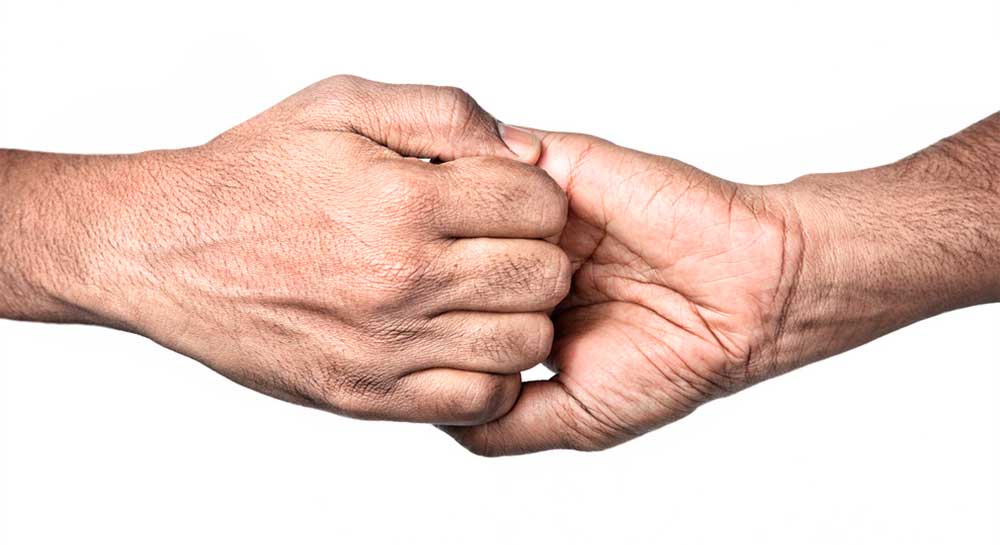
This mudra received its name from the Hindu deity, Lord Ganesha. In the Hindu belief, Lord Ganesha is one who helps to remove obstacles in an individual’s life. For this mudra, its intent is to remove stress and tension from an individual.
This mudra also has a strong connection to the heart chakra because of its ability to remove anxiety, it can also open our hearts. Ganesha mudra generates comfort during repeated practice. When feeling sad and depressed many turn to this mudra to help them overcome these feelings and stimulate the fire within. Ganesha mudra represents that they can overcome their suffering and face difficulties.
To enter this mudra:
- Bring the palms together to touch like Anjali Mudra or prayer pose.
- Swivel the hands so the fingertips face the opposite elbow and the right palm towards the heart.
- Slide your hands across each other until the fingers lock.
- Repeat on the other side.
4. Anjali Mudra
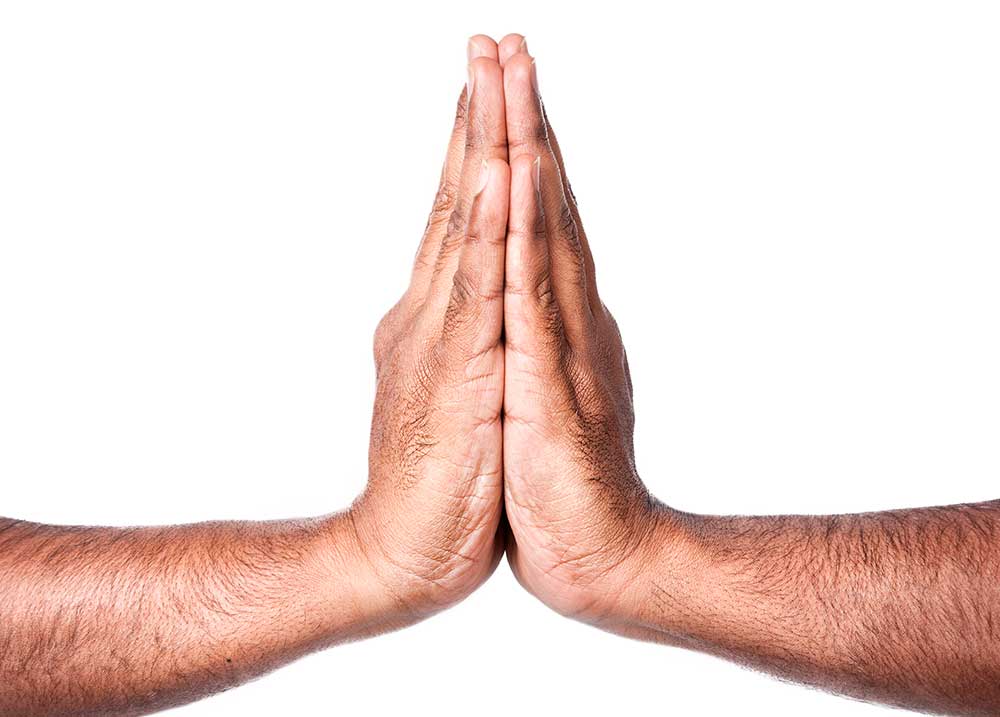
Anjali mudra is the most common mudra as it’s seen as the posture of prayer. In our own way, many of us may have a different interpretation and relationship to this posture. Yet, it’s intent is powerful and is a greeting in India often said with the word, “namaste”. This greeting translates as “I bow to the divinity within you from the divinity within me.” This salutation finds its roots deep within the yogic practice. Whether Anjali mudra in practice is for a greeting or as a representation of searching within oneself, it remains powerful.
How to enter this mudra:
- Bring your palms together in a prayer pose.
- Press the thumbs into your sternum taking deep breaths.
5. Prithvi Mudra
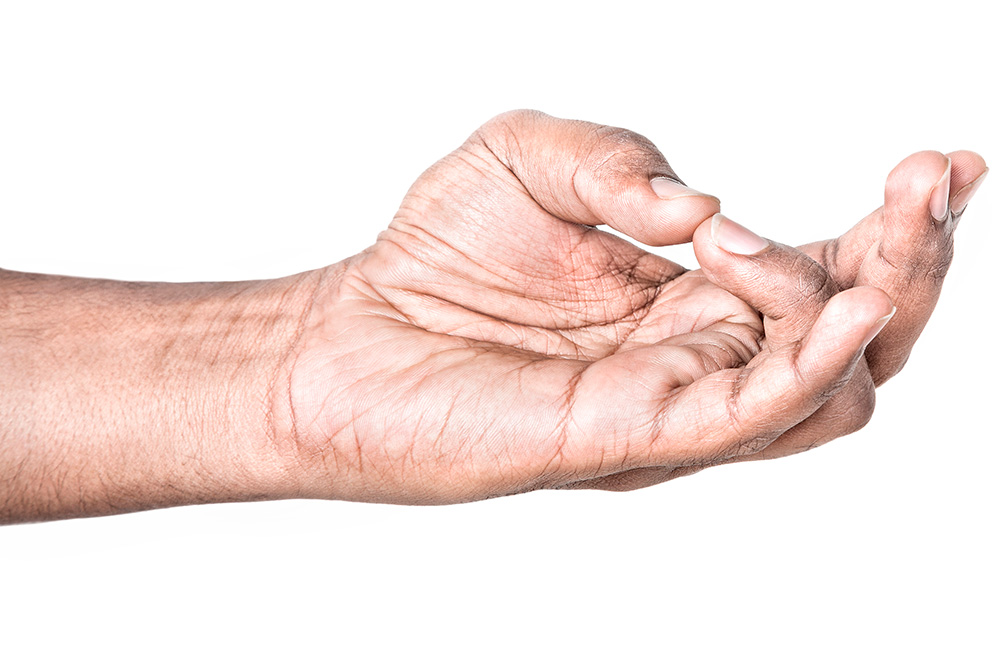
According to Ayurveda, our physical bodies consist of 5 organic elements. These elements are earth, air, fire, water, and space. When any of these elements find themselves out of harmony with the others, this offers insight into our body. Our body can give us many signs that it is out of balance and according to our elements we are able to identify what we must do to achieve optimal health.
For this mudra, Prithvi this is to help us feel more connected to the earth element. This mudra represents healing as the ring finger represents the earth and the thumb symbolizes fire. Bringing these two elements together ignites our energy within.
How to enter this mudra:
- Move your ring finger to touch the thumb.
- Use slight pressure when pressing against the thumbs and rest your hand on your knees.
- Keep both palms facing either down or upward.
6. Akasha Mudra
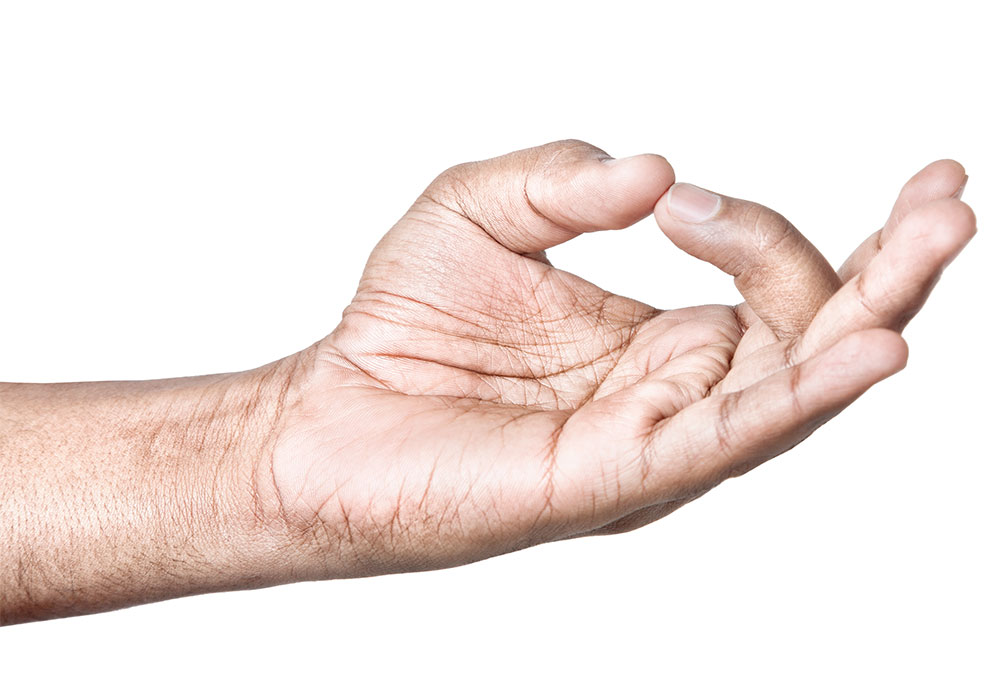
The akasha mudra serves as the space element that is to make up our physical body according to Ayurveda. This mudra’s intent is to help remove negative emotions and detoxify our bodies. This mudra connects to the Visuddha, or the throat chakra, benefiting or self-esteem. By putting the mudra into practice we are exercising our throat chakra, giving us the strength to speak our truth.
How to enter this mudra:
- Press the middle finger into the thumb.
- Palms can be either facing up or down.
7. Prana Mudra
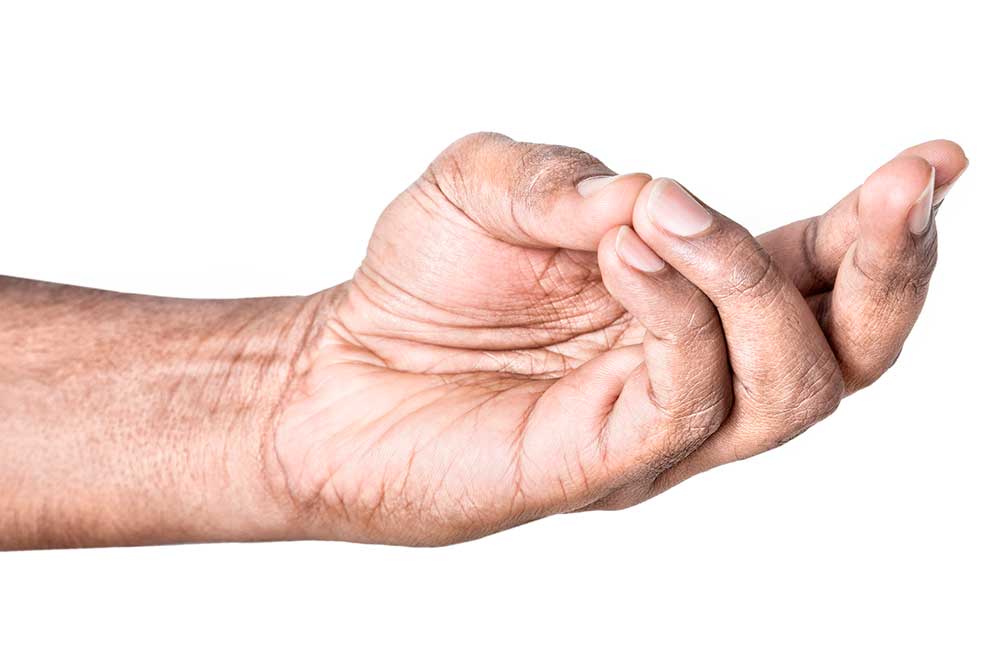
This mudra stimulates three elements of the body and comes with an array of benefits to those who practice it. When performing this mudra, you’re utilizing the ring finger which connects to the earth. The ‘little finger’ or our ‘pinky finger’ represents water and lately our thumb which symbolizes fire. This combination helps to remove all blockages we may have and encourages healthy energy to move through the body.
Some health benefits associated with this mudra are for mental, physical, and emotional well being. For mental, practicing this mudra will help individuals ease nerves and aid anxiety by making them feel secure. For physical, this can help to feel less tired and more energized. For emotional, this mudra helps us to observe what’s happening inward. It aligns us and helps us notice what may be out of balance and how we can correct this to have more clarity of our emotions and feelings.
How to enter this mudra:
- Use the ring finger and pinky finger to reach the thumb.
- Make sure your index and middle fingers remain straight.
8. Apana Mudra
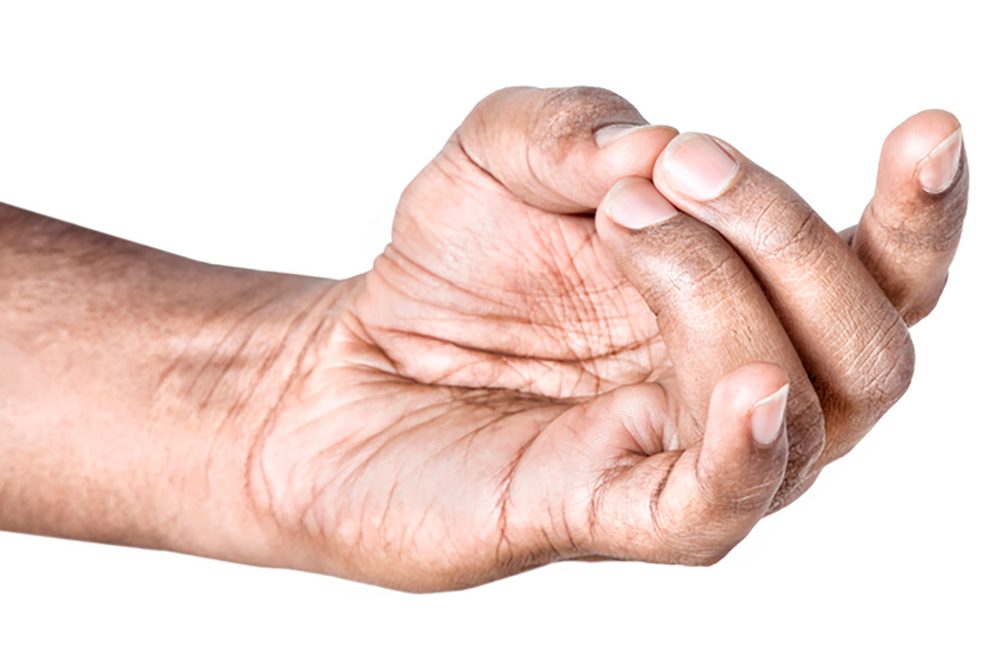
Apana mudra is often said to be the mudra of purification. This is because this mudra encourages detoxification by balancing our elements (or doshas) in the body. Because of Apana mudra’s powerful connection to detoxifying, it actually channels energy downward. This benefits us to help in ailments like digestion which in Ayurveda, our digestion is very connected to our well-being.
How to enter this mudra:
- Use the middle and ring finger and curve them towards the thumb.
- Keep remaining fingers straight.
9. Yoni Mudra
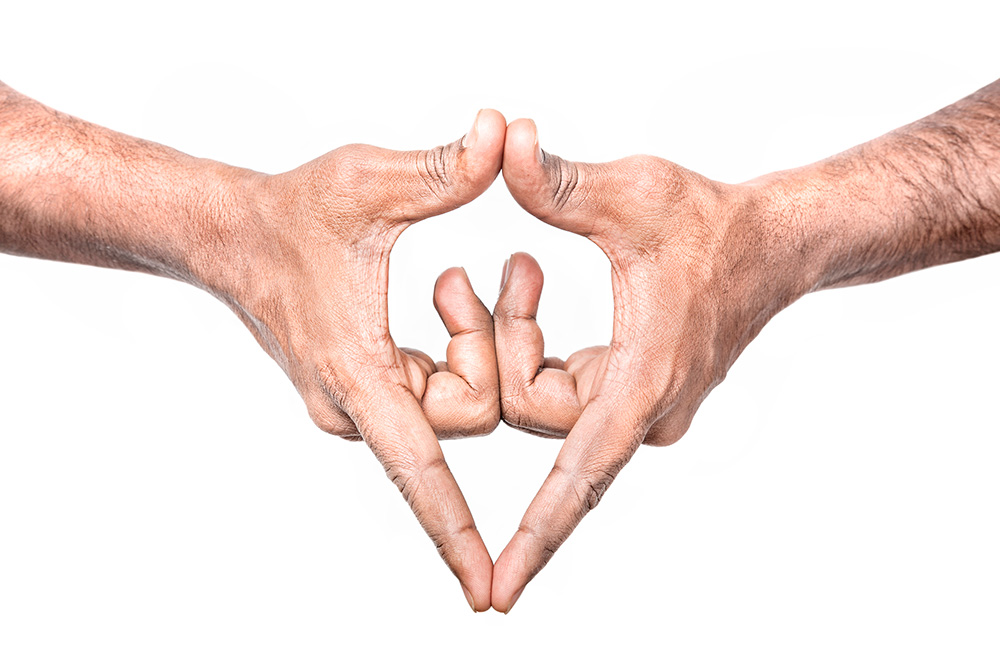
In times of stress, turn to the yoni mudra to calm your nerves. This mudra helps comfort us as the Sanskrit translation of ‘yoni’ means “the womb“. As an infant in the womb, this mudra encourages us to redirect our thoughts from our surroundings. Instead, think of what you’re grateful for, who is around you, and what you have. Practicing Yoni mudra will help give you clarity and remove toxic blockages in your mind and body.
How to enter this mudra:
- Use the thumb and index finger on top of one another to make a triangle.
- Pointing the index fingers towards the ground and folding the other fingers to form its angles.
10. Shuni Mudra
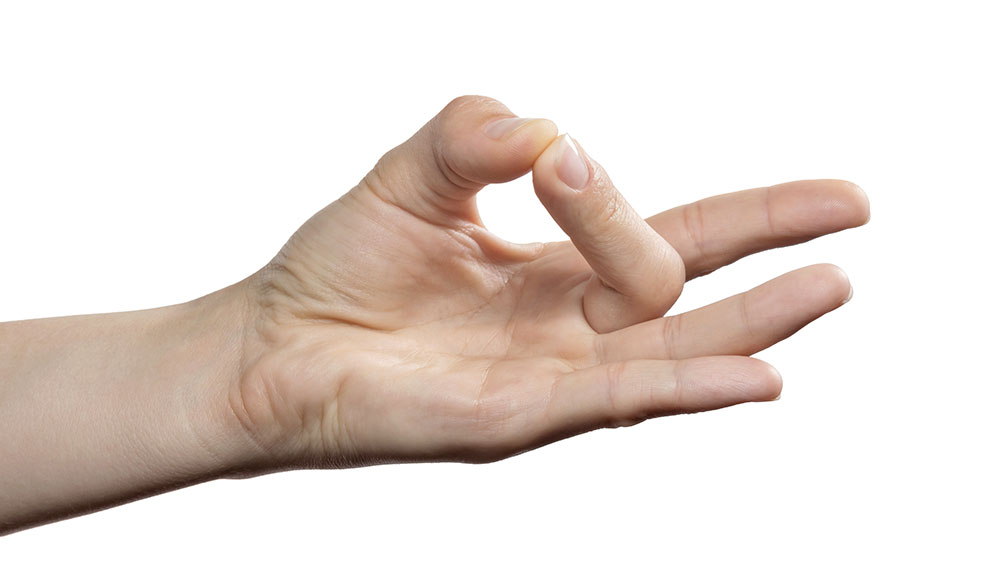
This mudra represents patience and encourages individuals to recognize the power behind their actions. Shuni mudra balances our bodies and serves as purification to our meditation practices. When performing Shuni Mudra during your meditation practice, envision the negativity leaving. All that is dark and negative, leaves the body and it is the bright light of you that remains. That is this mudra’s meaning to have us recognize karma.
To have us appreciate the good and be aware of the consequences behind the decisions we make day-to-day. Shuni asks us to be alert and aware of what we do and bring acknowledgement to the things we are able to change in our lives for the better.
To enter this mudra:
- Bring the tips of the middle fingers and thumb together.
There are many mudras you can try that may resonate with a particular situation that you’re experiencing. The most important reminder about mudras is that they’re here to serve the individual to help restore balance to their life.
This restoration can be for the physical body or the mental or physical state. In many cases, mudras help us reconnect inwardly to our inner selves. Try incorporating mudras into your practice with a purpose that aligns with you. Practice meditation with mudras and intent that compliment each other. Activation of these elements only helps us to channel these energies to better understand ourselves and the world around us.
What's Your Reaction?
Lauren Howard holds a master certification in reiki, or energy healing, and has been practicing yoga for over 20 years. She began freelance writing as a means of spreading her truth and knowledge with a broader audience.






